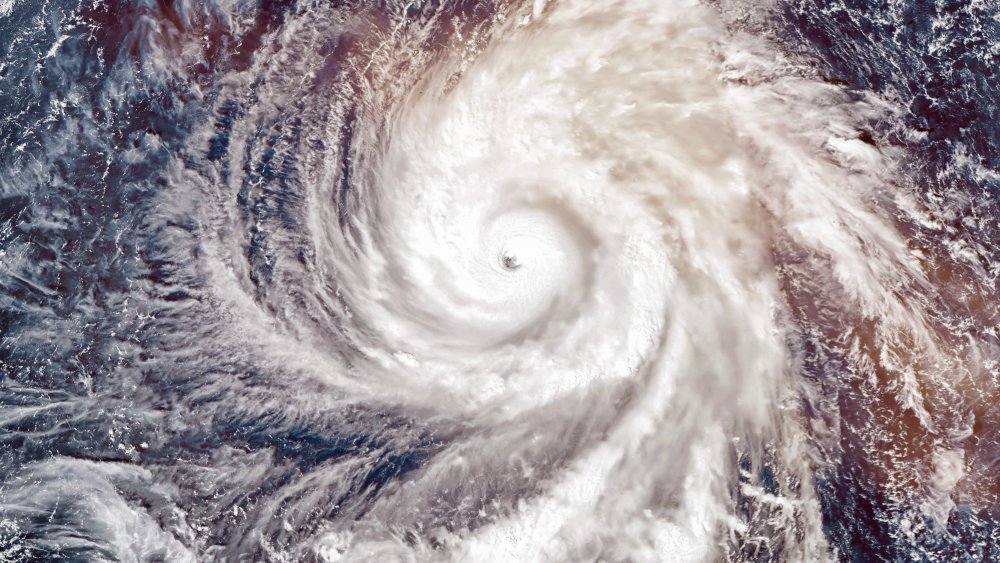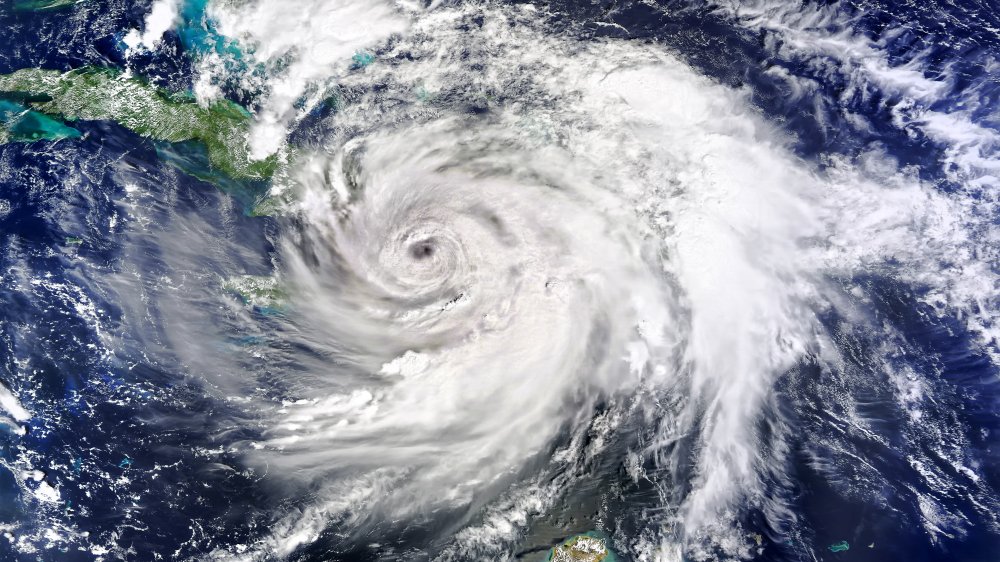Here's How Hurricanes Really Get Their Names
As Hurricane Isaias hurtled across the country, articles have appeared, like this one from USA Today, about how to pronounce the hurricane's name ("ees-ah-EE-ahs"), how the storms are named, and how those names occasionally retire.
The National Hurricane Center started the practice of naming hurricanes in 1950 to easily communicate which storm they were all talking about. As the National Hurricane Center responds to the apparently frequently asked question "Can I have a tropical cyclone named for me?", however, they no longer control the process of naming: "We do not control the naming of tropical storms. Instead, a list of names has been established by an international committee of the United Nations World Meteorological Organization." The United Nations World Meteorological Organization stresses any similarity between a person and a storm is coincidental: "It is important to note that tropical cyclones/hurricanes/typhoons are not named after any particular person."
The answer proceeds to explain that for the Atlantic Ocean, the Northern Pacific, and the Southern, there's a six-year list through which meteorologists rotate, restarting at the beginning of the list with "Arthur" after each "Wendy." The list of storm names is readily available to the public on the National Hurricane Center's website, where we can see that after Hurricane Isaias, we can expect the list to drop down to Josephine. If the number of storms in a season surpasses the 21 prepared names, meteorologists would resort to using letters from the Greek alphabet.
Definitely looks like an Isaias
According to the historical background given by the UN, the naming of storms before the system was spotty at best: "An Atlantic storm that ripped off the mast of a boat named Antje became known as Antje's hurricane." Because ships generally have feminine names, the early naming of hurricanes evolved into a series of feminine names until 1978, when male names were introduced to increase the variety and thus the ability to differentiate storms.
The list remains unchanged until a storm of extremely deadly proportions hits. Then, the NHC explains, the name is "retired" from further use, being "inappropriate for obvious reasons of sensitivity" — rather like a sports jersey. Then, during the annual WMO Tropical Cyclone Committees meeting, the name is "stricken from the list" — as the UN puts it — and replaced. Such hurricane names that you might recognize include Irma, Maria, Sandy, and Katrina.
The one question about this that remains unanswered is why on the NHC's website, does the question "Can I have a tropical storm named after me?" crop up so often. On the page "Tropical Cyclone Naming History and Retired Names," the question is embedded in the explanation twice. The answer is no, but the question's frequency is still strange.

